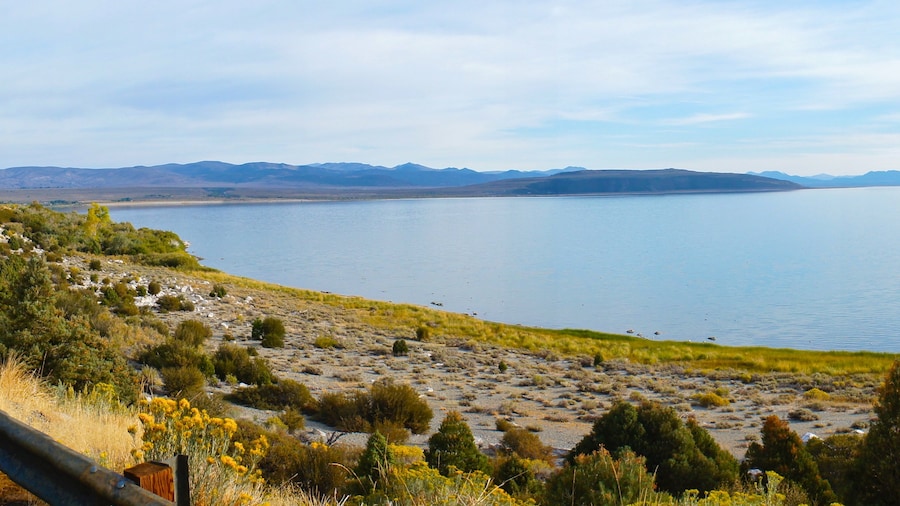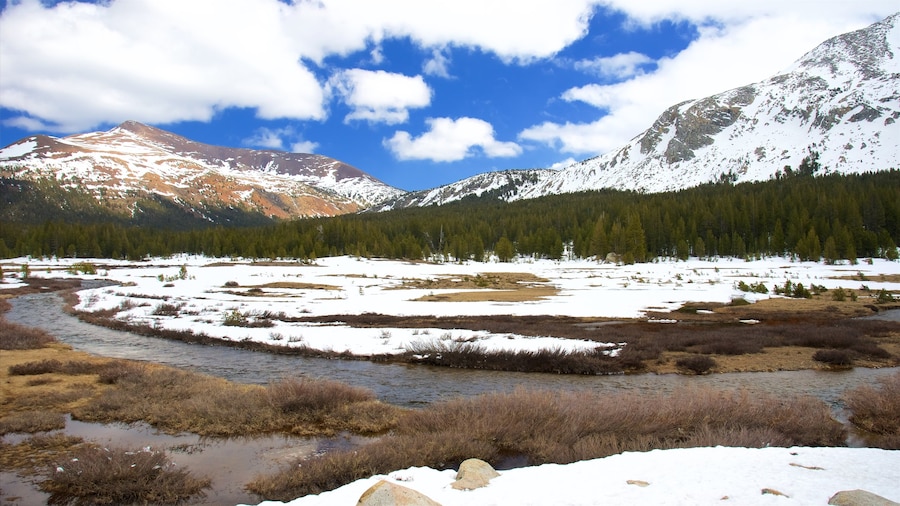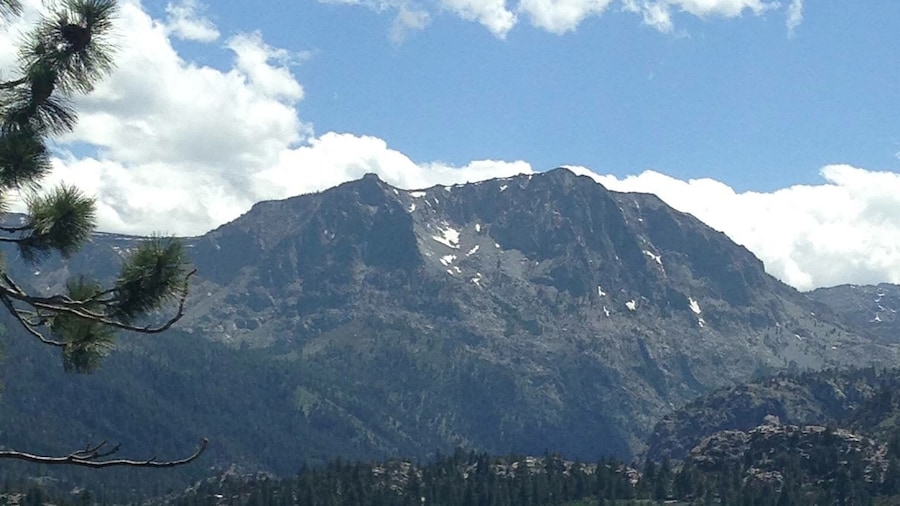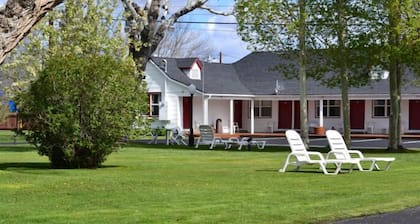Bodie Historic District
Kunjungi Bodie Historic District
Tempat populer untuk dikunjungi

Mata Air Panas Travertine
Anda dapat meluangkan waktu untuk mengunjungi Mata Air Panas Travertine selama perjalanan Anda ke Bridgeport. Saat Anda berada di sini, Anda dapat menikmati restoran pemenang penghargaan.

Danau Mono
Berinteraksi dengan alam dan jelajahi aktivitas outdoor di Danau Mono selama perjalanan Anda di Lee Vining. Saat Anda berada di area ini, berjalan-jalanlah di tepi danau.

Tuolumne Meadows
Jelajahi aktivitas outdoor menarik Tuolumne Meadows, ruang terbuka hijau di Taman Nasional Yosemite. Jalan-jalan di sekitar tepi sungai area ini, atau nikmati aktivitas jalur pendakian.

Marina Danau June
Jelajahi tepi pantai di Marina Danau June dan nikmati aktivitas seperti bermain ski di Danau June. Jalan-jalan di sekitar tepi danau cocok untuk keluarga area ini, atau nikmati aktivitas jalur pendakian.
Logan Spring
Berinteraksi dengan alam dan jelajahi aktivitas outdoor di Logan Spring selama perjalanan Anda di Bridgeport. Saat Anda berada di sini, Anda dapat menikmati restoran pemenang penghargaan.
The Hot Springs
Berinteraksi dengan alam dan jelajahi aktivitas outdoor di The Hot Springs selama perjalanan Anda di Bridgeport. Saat Anda berada di sini, Anda dapat menikmati restoran pemenang penghargaan.
Opsi Penginapan Terbaik Dekat Bodie Historic District
Cek ketersediaan hotel di dekat Bodie Historic District







Jelajahi dunia perjalanan dengan Expedia
Jelajahi dunia perjalanan dengan Expedia
- Liburan dan perjalanan serupa ke Bodie Historic District
- Hotel Dekat Bodie Historic District, Bridgeport
- Hotel dekat objek wisata lainnya
- Mata Air Panas Travertine
- Taman Nasional Yosemite
- Danau Mono
- Tuolumne Meadows
- Resor Ski Dodge Ridge
- Danau Pinecrest
- Danau Tenaya
- Pintu Masuk Yosemite Tioga Pass
- Wapama Falls at Hetch Hetchy
- Pusat Pengunjung Mono Basin National Forest Scenic Area
- Lundy Lake
- Pusat Informasi Mono Lake Committee
- Marina Topaz
- Tuolumne Meadows Wilderness Center
- Taman Walker River Fork Barat
- Hotel dekat Taman Nasional Yosemite
- Hotel dekat Tuolumne Meadows
- Hotel dekat Pintu Masuk Yosemite Tioga Pass
- Hotel dekat Taman Bersejarah Negara Bodie
- Hotel dekat Mata Air Panas Travertine
- Hotel dekat Marina Danau June
- Hotel dekat Tuolumne River
- Hotel dekat Lundy Lake
- Hotel dekat Pusat Informasi Mono Lake Committee
- Hotel dekat Lapangan Golf Walker Lake
- Hotel dekat Kantor Pengadilan Mineral County
- Hotel dekat Museum Hawthorne Ordnance




